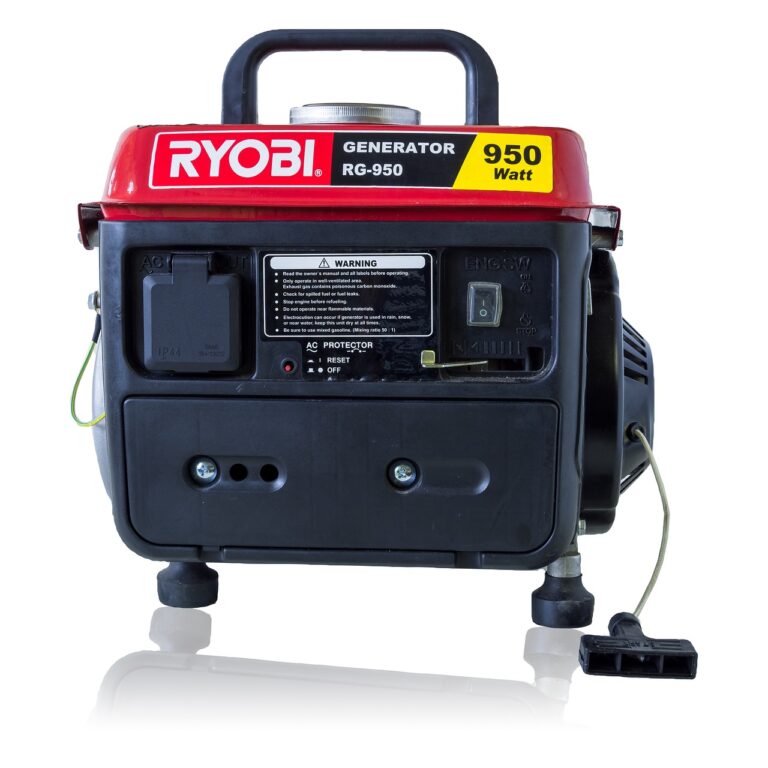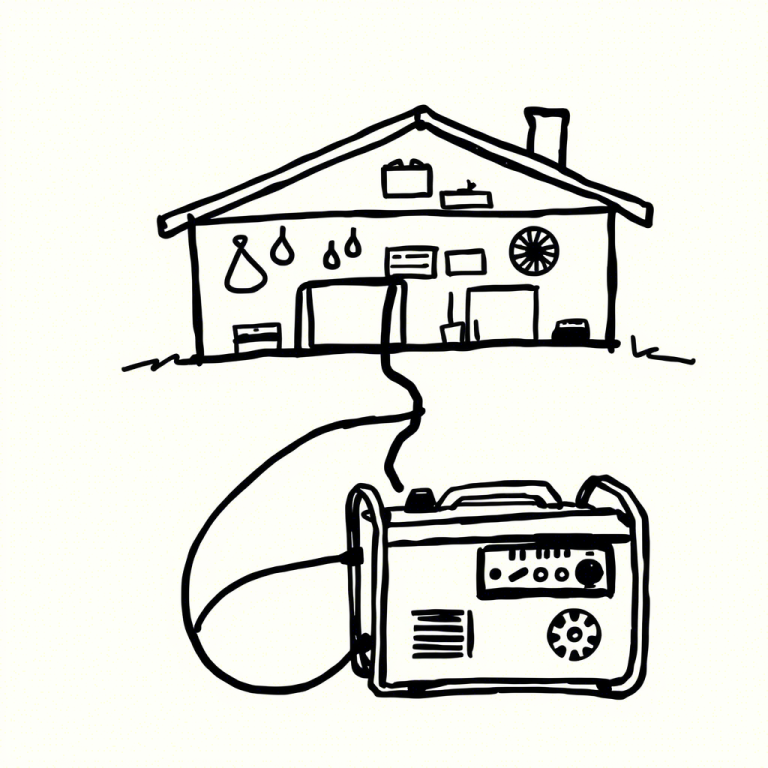What is the typical power factor of a portable generator?
When it comes to portable generators, one of the important specifications to consider is the power factor. In this article, I will explore the typical power factor of a portable generator, and how it can affect the devices and appliances that are connected to it.
Power Factor Explained
Power factor is a measure of how effectively the current is being used in a circuit, typically measured as a ratio or percentage. The typical power factor for a portable generator is 1, also known as the unity power factor. This means that all of the current being produced is being used effectively.
For example, a portable generator with a unity power factor of 1 will be able to produce the maximum amount of power that is possible given the current and voltage being supplied.
Importance of Power Factor
It’s important to consider the power factor of your portable generator as it can affect the overall performance and efficiency of your generator. A low power factor can cause the generator to work harder to produce the same amount of power, which can lead to increased fuel consumption, decreased performance, and decrease life of the generator.
For example, if you have a portable generator with a low power factor of 0.8, it will have to work harder to produce the same amount of power as a generator with a power factor of 1, which can lead to increased fuel consumption, decreased performance and decrease the life of the generator.
Improving Power Factor
If you have a portable generator with a low power factor, there are several ways to improve the power factor. One way is to use power factor correction capacitors which can be added to the generator’s circuit to improve the power factor. Another way is to use power electronic devices such as voltage source inverters which can also improve the power factor.
For example, if you have a portable generator with a low power factor of 0.8, adding power factor correction capacitors can improve the power factor to 1, which can lead to increased efficiency, increased performance, and increased life of the generator.
Measuring the Power Factor
Measuring the power factor of your portable generator can be done with a power factor meter, also known as a power factor tester or power factor analyzer. This device typically measures the power factor as a ratio or percentage and can be connected to the generator’s circuit to measure the power factor in real time.
It’s important to note that some portable generators come with built-in power factor meters, which can make it easy to check the power factor and monitor it over time. In other cases, you may need to purchase a separate power factor meter and connect it to your generator to measure the power factor.
It’s also important to note that when measuring the power factor, it’s important to make sure that the generator is loaded and running at full capacity, as this will give you the most accurate measurement of the power factor.
Overall, measuring the power factor of a portable generator is an important step in maintaining the overall health and longevity of your generator, it can help to ensure that your generator is working efficiently and effectively.
Conclusion
When it comes to portable generators, the typical power factor is 1, also known as the unity power factor. It’s important to consider the power factor of your portable generator as it can affect the overall performance and efficiency of your generator. A low power factor can cause the generator to work harder to produce the same amount of power, which can lead to increased fuel consumption, decreased performance, and decreased life of the generator. However, there are ways to improve the power factor of your generator, such as using power factor correction capacitors or power electronic devices like voltage source inverters. By keeping an eye on the power factor of your portable generator and taking steps to improve it, you can ensure that your generator is working efficiently and effectively. It’s also important to refer to the manufacturer’s instructions and guidelines when checking the power factor of your generator.


